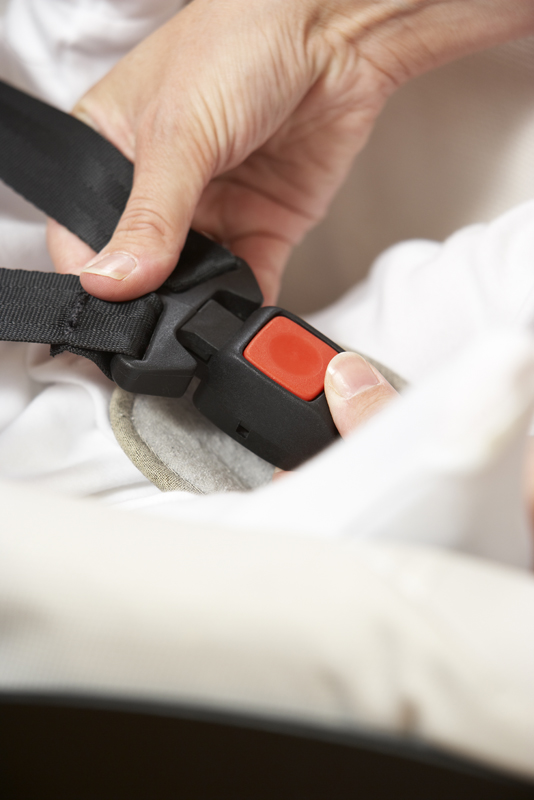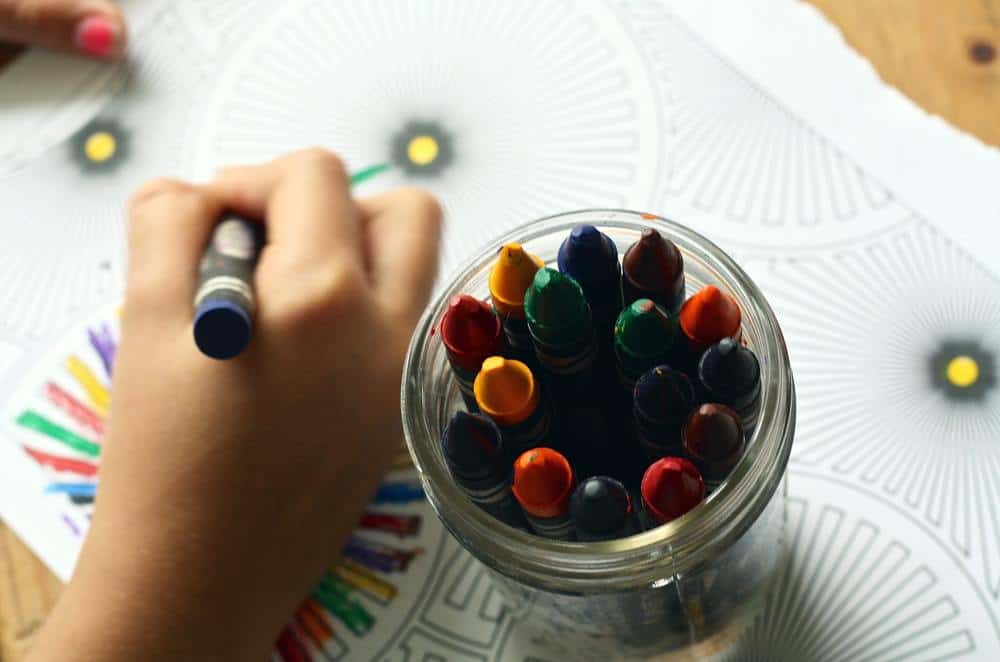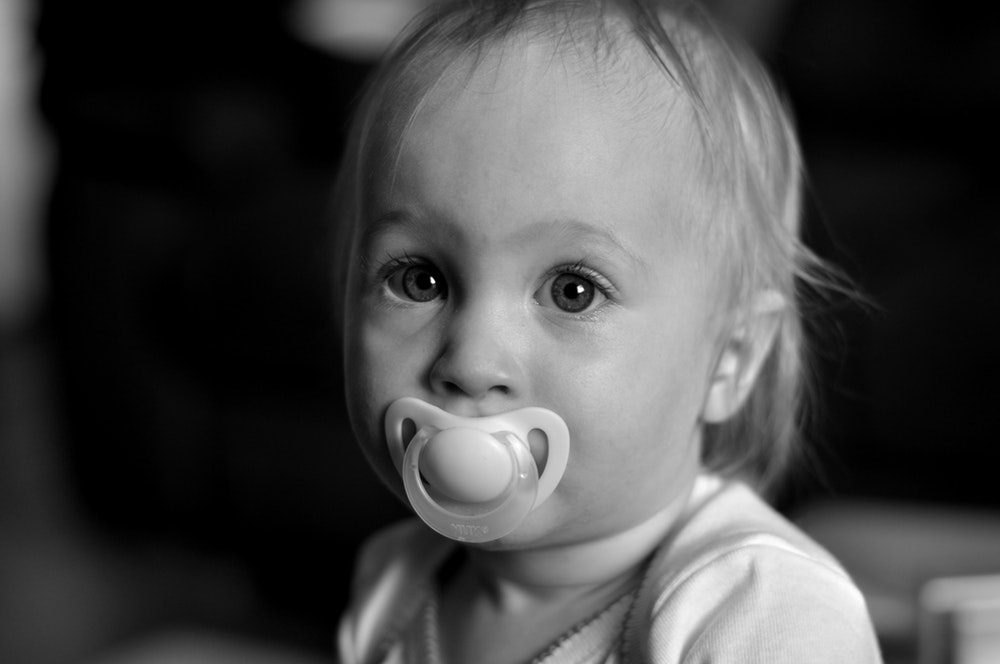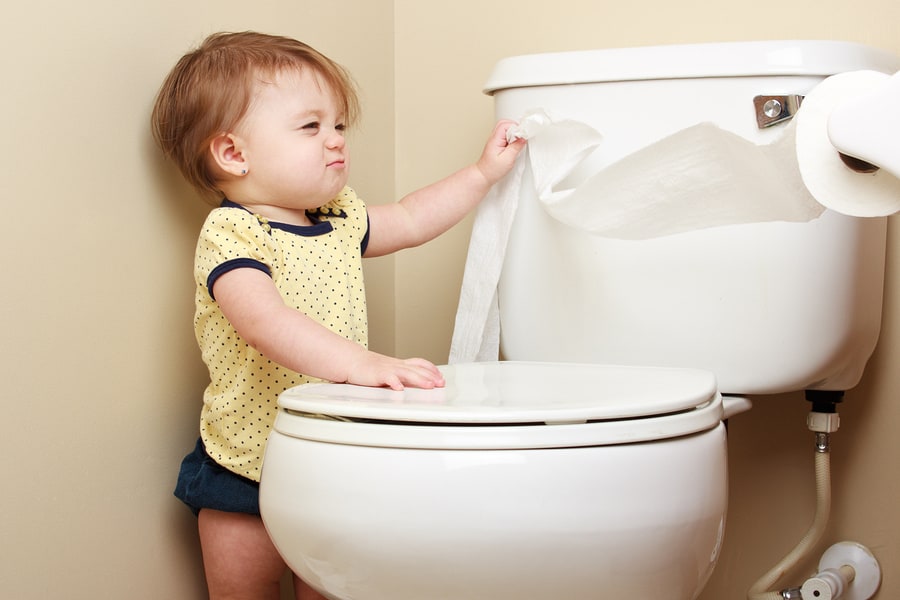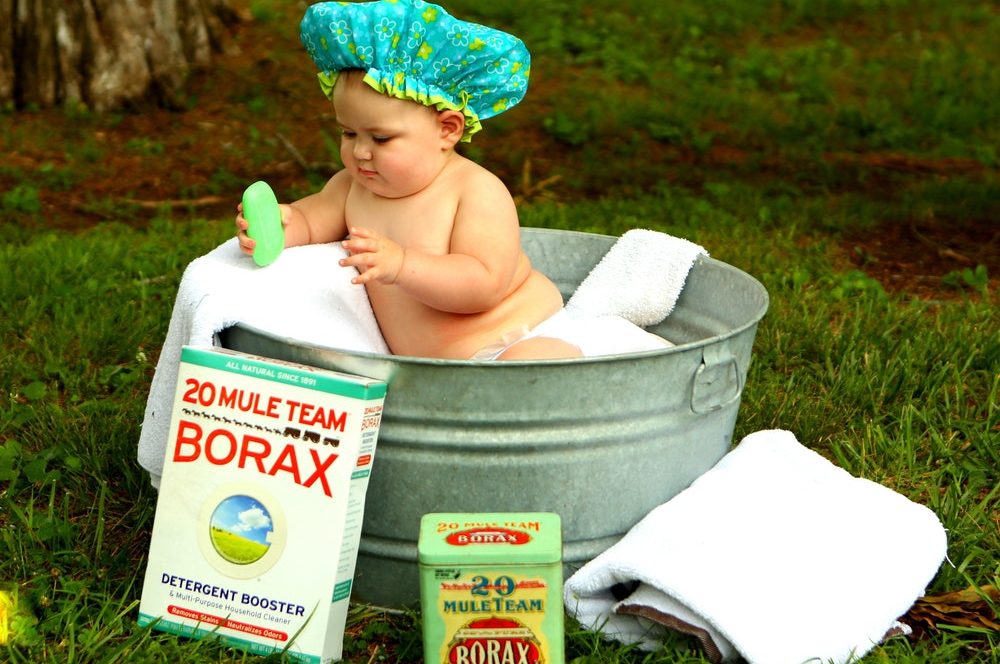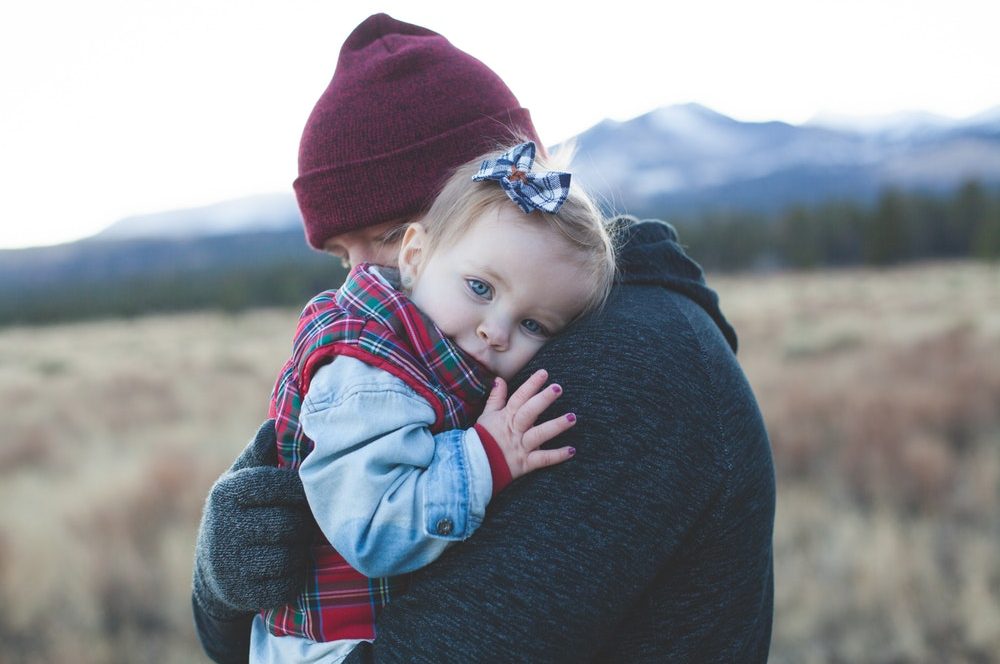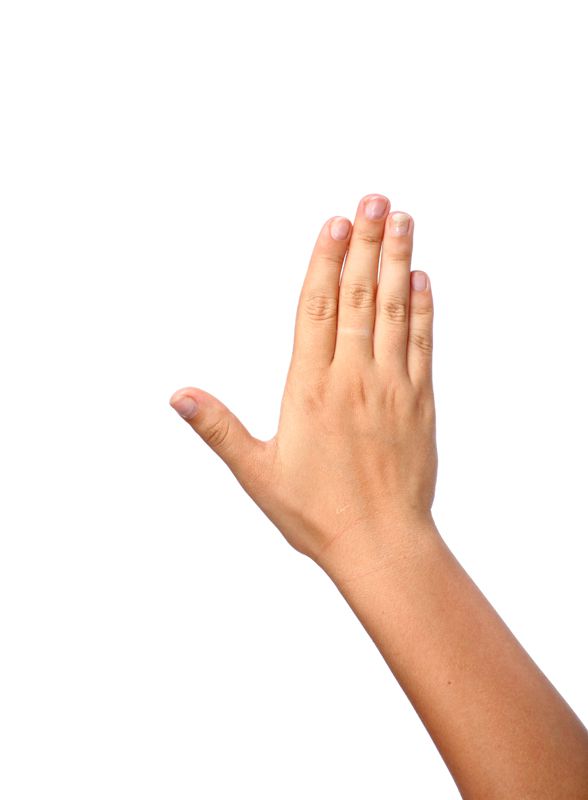Of course everyone was born with talents and strengths—especially your kids, right? So how do you as a parent go about encouraging your child’s strengths and talents?
It is one thing to excel at something yourself; it is another altogether to dream about your darling baby doing something altogether special and magical. We all get a thrill out of doing something well, but parenthood expands us, adds another dimension altogether to our capacity for pride and admiration. We want our kids to succeed, make their mark, be special, but how do we do that without turning into the Tiger Mom?
When most new mums bring their freshly-minted babies home from the hospital, they are still in that wonderful stage where all they do is sleep. Then…whoa. They wake up. And some babies wake up with a vengeance, discovering their lungs and their likes and dislikes quickly. Others fuss.
Fussing is hard to read: you don’t know exactly what is bother baby, and it quickly becomes frustrating, especially to women whose nether regions still feel like they’re on fire and who need sleep, a shower and to have fluids stop dripping out of various body parts.
I remember with my daughter, my first child, laying her down on the couch and just running away to the bathroom to sob for five minutes (she was safely swaddled, no chance of rolling off–she was only six days old) because I couldn’t get her to stop fussing.
Post-partum depression, nerves, hormones, whatever, it sucked. Now, however, I’m an old hand. Four kids have taught me a lot, and what I didn’t learn myself, I learned from other, even more experienced and insightful moms. Read on. These aren’t cure-alls, but they all help somewhat…you may have to use them all at various times, or invent your own techniques, because all kids are different, just like all moms.
Most parents must wage the “great battle of the binky” eventually, although many of them dread the prospect. Pacifier use is something that is a lot like politics: everyone has an opinion, but not everyone shares it. Some parents refuse to give their baby a pacifier. Others offer the pacifier to their baby as soon as they can. Yet others, in despair of ever sleeping again, try to get their child to use a pacifier, and it does not work for some reason, because the baby won’t take it. For those parents whose children grabbed onto their pacy and soon found it to be as indispensable as their diaper or their bottle, there is hope. That battle can be won—it just takes some patience, ingenuity and, sometimes, some subterfuge. So how do I wean my toddler off of the pacifier?
Pacifiers aren’t “evil,” despite what the anti-binky purists say. Most kids will leave their pacifier behind on their own after a while, and those kids that use them don’t have long-term effects from having used them for a long time. Sure, there are some studies which link slightly delayed speech or self-soothing habits to pacifier use, but it isn’t as if the child were bungee jumping or swimming with sharks. However, when your child has pitched a major tantrum in a very public place because they left their binky at home, you will want to end that dependency, as much for your sanity as theirs. Here are some tactics that have had success. Remember that every child is different, so there is no “magic bullet” to this pesky problem.
1. Go cold turkey. This option requires some serious mental and emotional fortitude on the parent’s part, because it can be as traumatic to them as it is to the child. This tactic works best on children with a milder temperament who aren’t as fixated on their pacifier. Some parents “lose” it, others simply take it away and deal with the consequences. Be prepared for some hard-core crying, but since children of this age group have short attention spans and get past things quickly, it might be a viable option for you.
2. Build up to it gradually. This one takes some strategy, but it is accepted as the “best” method by childhood development and psychologists. Start out by pointing out “big kids” to your child while at the playground or the store that aren’t using a pacifier. Set a date in the future for giving up the binky: make a calendar, check off the days with star stickers, and on the big day have them throw it away, with or without a nice reward (some parents think that’s bribery…but it does work sometimes…). Or, invest in a book like The Binky Ba-Ba Fairy, by Heather Knickerbocker-Silva, where a fairy takes children’s pacifiers and give them to younger children in need, and let them feel good about themselves for helping others and being a big boy or girl. None of these methods will stop the child from having some residual pining for the pacifier at certain times, but these esteem-building experiences give something to the child instead of simply taking them away.
3. Interference methods. These are somewhat controversial, but none of them is abusive in any way. These are “old-timey” methods that our moms and grandma’s used before…and they do work. These methods work by interfering in the child’s ability to enjoy their binky. Some moms swear by dipping the pacifier into a cup of strong-brewed coffee or in lemon juice, giving it a bad taste. Some moms will cut a little nick into the “nipple” portion, which changes the pacifier’s smooth texture and makes it harder to suck on.
4. Let the child decide. As stated before, every child is different, and there is no 100% foolproof method of getting a child to stop sucking that pacifier. Sometimes, when you’ve tried everything and it hasn’t worked, you find out that it’s best to allow the child to decide when and where to let the binky go. Many children will wake up one day and mysteriously have no interest in it anymore. Others will go to school, see other kids without pacifiers, and conclude that they don’t need one, either. Regardless of how or when, they will eventually let it go.
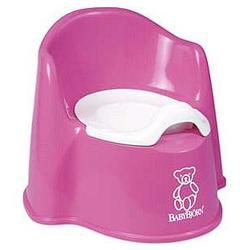 Are you ready to do the “Potty Training Dance”? Or, maybe the question is: is your toddler ready to do the “Potty Dance”? There is controversy on every step of potty training, from whether or not to use pull-ups to when your child is ready to start. Everyone has their own advice on how to potty train your child, however it is you, and essentially your child, who will make the decision on when, where and how the potty training process will happen.
Are you ready to do the “Potty Training Dance”? Or, maybe the question is: is your toddler ready to do the “Potty Dance”? There is controversy on every step of potty training, from whether or not to use pull-ups to when your child is ready to start. Everyone has their own advice on how to potty train your child, however it is you, and essentially your child, who will make the decision on when, where and how the potty training process will happen.
One of the chief joys of being a new mom is giving your baby a bath. There’s something delicious about a slippery, soapy newborn, and there is nothing better than the smell the top of a freshly-bathed baby’s head. However, bathing your babe for the first time at home, away from the experienced hands and eyes of nurses, can be nerve-wracking for inexperienced mothers. Here are some helpful hints on how to give your newborn baby a bath
Every mom knows that a baby’s belly just begs to be kissed. No diapering or outfit change should go without a quick nuzzle, especially in the adorable little cup of their navel. But moms of newborns frequently look at their infant’s still-healing navel stump and go, “Ew! What do I do with that?” Although it may look gross and intimidating, don’t be afraid. Taking care of the umbilical cord is easy, and thankfully, it doesn’t take long until your baby’s tummy looks just like you’re accustomed to seeing on everyone else’s babies.
When do I start my baby on solid foods? This is the million-dollar question, and it doesn’t have a really hard-and-fast answer.
When I was a brand-new-and-clueless mum, I had read all the books and was trying to do things “right.” I breast-fed and angsted over when to start my daughter on solids. According to the doctors who get paid the big bucks to tell us the right ways to do things, solids should be started when your baby has doubled her birth weight, can hold her head upright, and begins showing interest in other foods and can regulate her feeding by turning away from the breast or bottle when she’s no longer hungry. They also bandy around the number of four months as the minimum age. Breast-feeding purists argue that a baby needs to only have breast milk (as in NO juice, foods, or even water) for the first six months at least. Then you have the organic, fly-by-the-seat-of-their-slings mommies who say, whatever seems best, do it. Want your baby to sleep better through the night? Give ’em some rice cereal in their bottle. The war is on between these three factions, but it’s all in the interests of what’s best for a baby–the problem is, what’s best for Baby Peter might not necessarily be best for Baby Paul. Or Baby Rajesh or Baby Maria or Baby Xiao…you know what I mean.
So, when do I start my baby on solid foods? Basically, go with your gut and on your doctor’s recommendations. If you are a hardline breast-feeding advocate, it will not harm your baby to only have breast milk for the first six months of his life. Goodness knows, babies could do worse than breast milk! But also, don’t flog yourself if you decide to start giving Baby something solid before that six month limit, as long as it’s something in line with medical recommendations and age-appropriate.
The first solids to start babies out on are cereals, such as rice, which is the best non-allergenic cereal. Mix it with breast milk, formula, or distilled water. Then slowly move into fruits and veggies, pastas and meats and dairies. Offer new things in small doses and keep trying if they happen to reject something the first time, because babies need some time to really try things out. Make sure you always offer plenty of breast milk or the kind of formula your baby is accustomed to. Until they are completely weaned they will get most of their nutrition from liquids.
Q – My boy was born July, 2005. Everything is ok except sleep. During the night, he always cries, wakes up and then takes about 1 hour to sleep again. During the day he is happy and active and can have about a 2 hour nap every afternoon. I am worried that he lacks something in his body. Could you please give me some suggestions?

